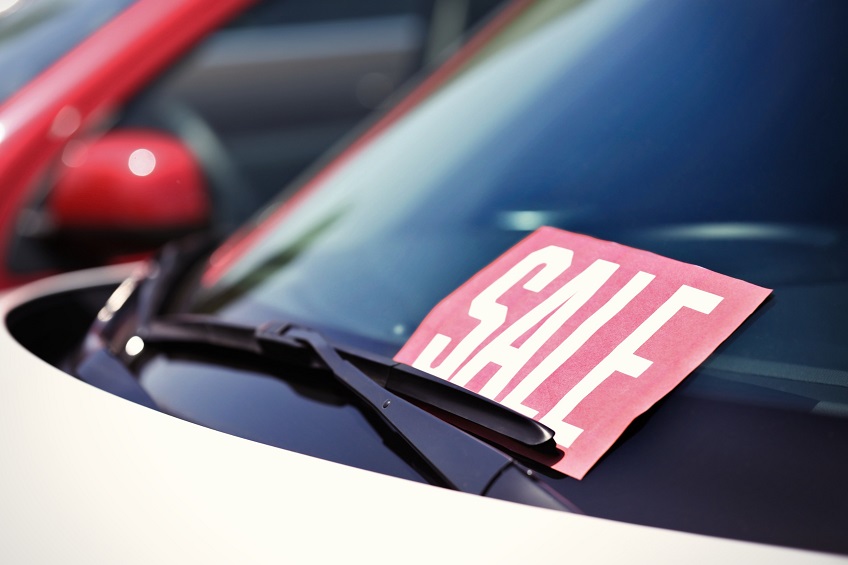
We posted a blog recently with tips for buying the perfect car for you. These tips include making a financially wise decision for your situation, considering your driving habits, looking for options that are comfortable and safe, deciding on your wants vs needs, and taking time to research the model you’re looking at. This blog continues on that idea, but it’s specific to looking at used cars. Coming up with a game plan before shopping for a used car will help alleviate stress and will hopefully prevent you from driving away with a lemon. If you don’t know a lot about cars, you should always take someone that does with you to look at a potential purchase (used or new). If you don’t have access to someone to help, take the car you’re considering into a trusted mechanic to check it out before committing to a purchase. Here are some shopping tips and considerations to watch out for while you’re on the new-to-you vehicle hunt. Look under the hood: Check under the hood for rust, damage, dents, etc. Inspect the engine and check for concerns such as leaks, corrosion, funny sounds, or strange smells. For example, dark oil stains on the engine block could indicate a gasket leak. Check that the vehicle is resting on level ground: While you’re looking at the car, check to see if it leans to one side or looks uneven. This could indicate an issue with a shock absorber, strut, spring or torsion bar, or possibly a twisted chassis. All of these could mean a major repair. Look under the body for rust or leaking fluids: Depending on the age, a little rust may be expected. But still look for it so you’re aware and see if it’s extensive. Rust can eat through a door, floorboards, body, or frame. Additionally, leaking fluids under the car are usually a sign of a problem. Check the exhaust system: If you notice black spots or grime on the exhaust, it’s not good. Also, if white “smoke” is coming from the exhaust, it could be burning oil or a blown head gasket. Exhaust systems are costly, so you’ll need to negotiate that into the price or walk away. Emission test: Make sure it has recently passed emissions or take it for an emissions test. Examine the frame of the car: This is one way to tell if the car has been in an accident and they’re trying to keep it from you. Make sure the saddle is bolted, not welded, and check from scratch marks on the bolt heads. Also assess the door jambs for welding rather than bolts. Inspect the windshield and windows: Chips and cracks can easily be repaired, but it’s not often cheap. You’ll want to be aware of this expense before signing the deal. Check hoses and belts: Cars have several belts and hoses, check that they are not soft or cracked. A bad hose could break and cause expensive damage. For more information on used car purchasing advice, check out Part 2 of this blog series.